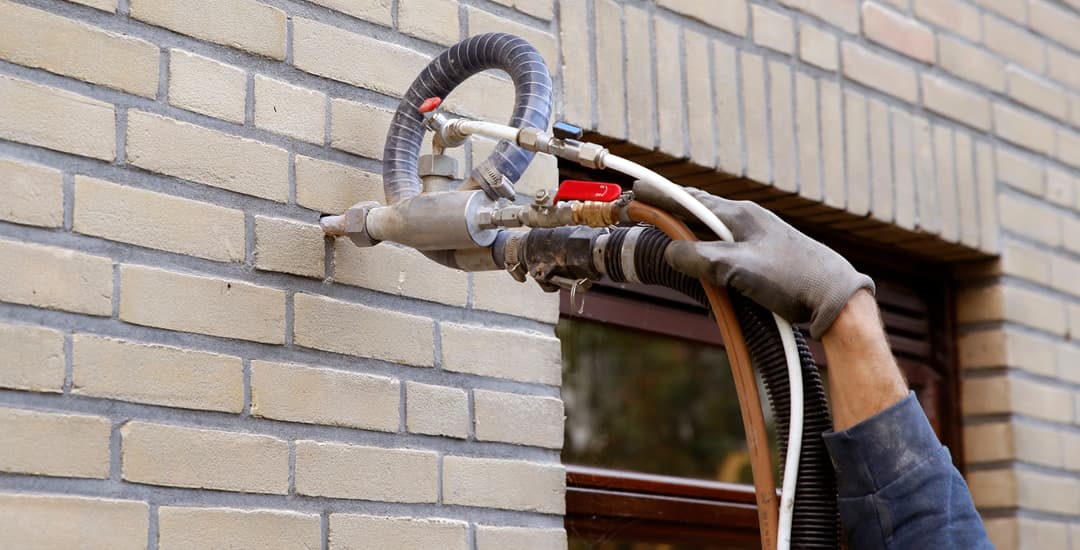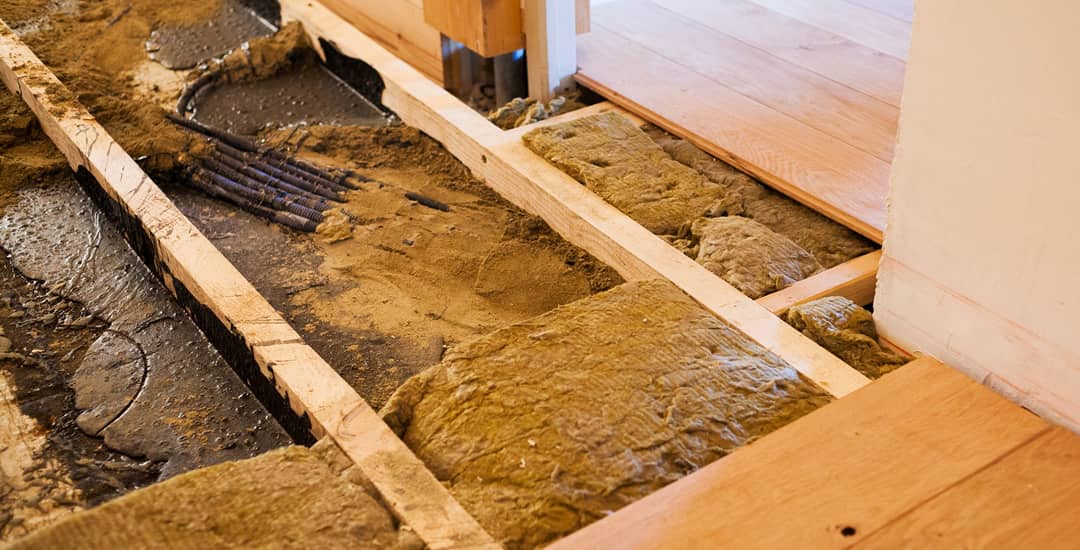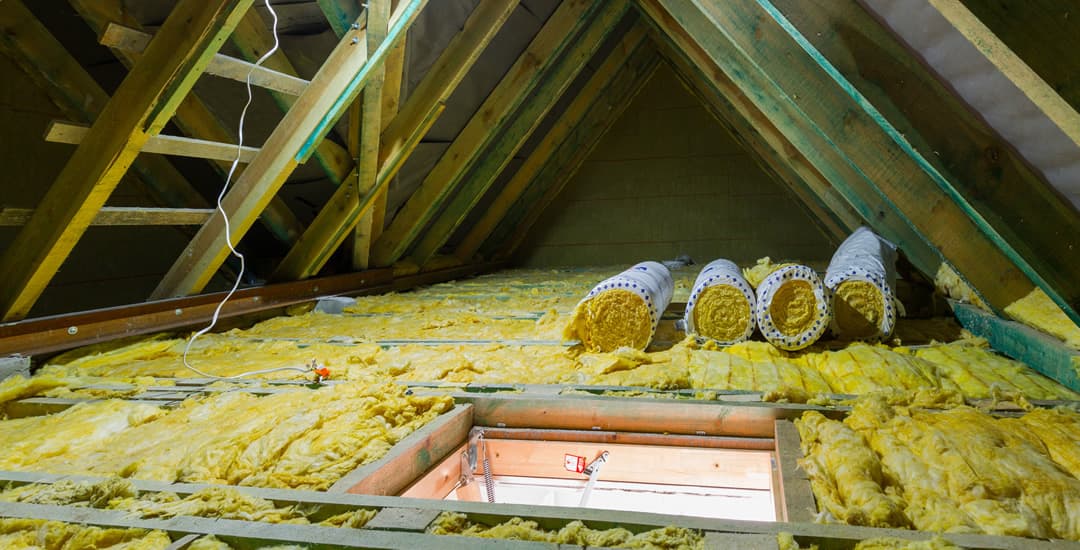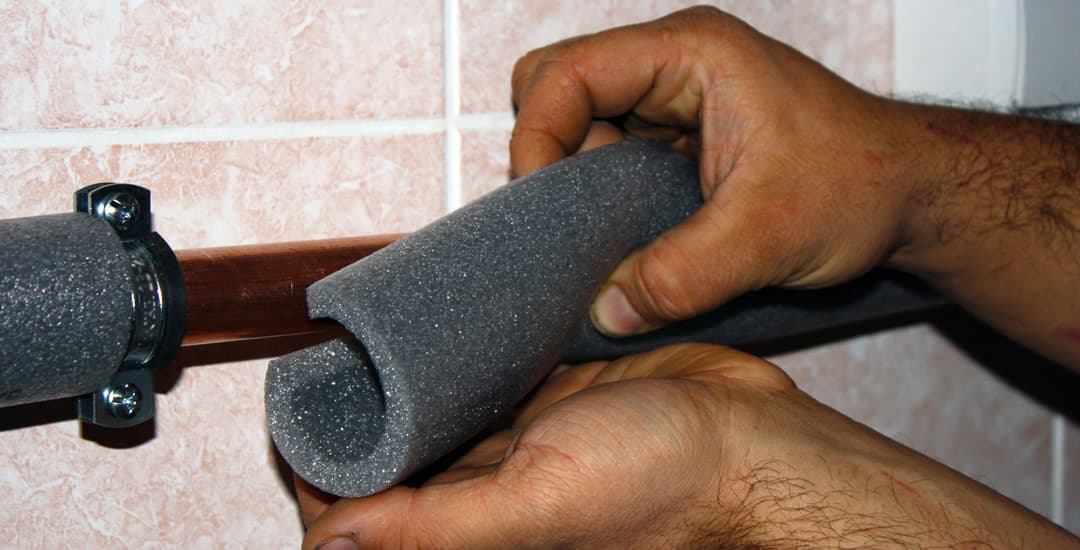
Having a well-insulated home is good for not only your heating bills but also of course the planet, and while the winter of 2021/2022 is finally on its last legs, recent increases in the cost of energy bills in the UK means that many folk will still be paying off their winter’s heating bills well into the summer.
The fact that the original problem doesn’t look like resolving anytime soon and may in fact worsen given the current situation in Ukraine (that’s by far the politest way I’ve referred to “that” to date, so I’m going to say no more on the subject) and uncertainty over the future of imported fuels from Russia, the winter of 2022-2023 may well be just as bad if not even worse in terms of energy costs for the average UK home.
If you found staying warm in 2021/2022 a struggle even given the reasonably mild weather, looking ahead to next winter may well be something you’d rather avoid entirely. I fully get that, given that I’m no Kardashian myself, although my recent winter eating habits certainly have me well on the way to winning the butt of a Kardashian if nothing else.
However, now that we’re coming out of winter (I’m writing this in April 2022) and have a few months of breathing space between cold spells, you might actually be able to do yourself a massive favour by planning ahead for how you’re going to afford to heat your home over the winter of 2022-2023… Or more to the point, and finally getting to the point of the title of this blog post, looking at improving the insulation of your home in such a way as to cut, potentially quite dramatically, your energy use and so, heating costs.
All of these five suggestions pay for themselves in the short to medium term (I’m talking within one to five years at the maximum here) and then of course continue to save you money long after that too.
Some of them are also far more economical in terms of initial outlay than you might expect them to be – under £20 in one instance, for something so energy efficient that it pays for itself a whopping six times inside of a year; although given the projected energy price hikes, I may have to circle back in six months and correct this to “by twelve times;” but that’s enough scaremongering in the name of humour for now…
Anyway. Without any more waffling, read on for an introductory primer on five ways to save on your heating bills by insulating your home, and which pay for themselves in the short to medium term; along with some broad guidance on the approximate initial outlay and how soon it might be recouped too.
1. Adding cavity wall insulation to reduce heating costs

Not all homes have cavity walls, but the vast majority of homes built since the 1920s do.
While very modern homes already tend to have cavity wall insulation, many if not most older homes (and even some newer ones) have cavity voids, unless a past owner themselves invested in insulating them.
Cavity wall insulation isn’t something you can DIY, as it involves drilling into the exterior walls to reach the cavities, and injecting an insulation material into them (this tends to be either polystyrene, mineral wool, or expanding foam) before re-sealing the holes to make them air and watertight and not fugly.
This does sound like a large and time-consuming undertaking, but in fact, professional cavity wall insulation-ers can usually insulate the cavity walls of the average four bedroom detached house in just one morning or afternoon from start to finish.
Cost-wise, cavity wall insulation prices vary considerably depending on the size of the property and so on, but based on information supplied by the Energy Saving Trust, the average cost of cavity wall insulation for a detached house as of November 2021 was £610; and based on the average energy prices as of this same date, could save the household over £300 a year.
This means that cavity wall insulation pays for itself in around two years on average based on the energy costs at the time of writing.
Bear in mind too that the cost of energy in the UK has risen steeply since the cost saving per year figure was calculated, and if energy prices do continue to rise as predicted, your theoretical savings could come far sooner.
2. Insulating the floor of your ground floor rooms.

Floor insulation is another comparatively inexpensive way to insulate your home and cut your heating costs, and you generally only need to insulate the ground floor (as otherwise, all you’re doing is preventing the heat from circulating around the house)!
That said, if you have a higher-up floor above an unheated space like a garage, you might want to think about insulating that one too.
Most newer homes have concrete floors, and you can insulate on top of this, and if you have an older home with a timber floor and can lift the floorboards, you can insulate under this too. Even if you can’t lift the boards, modern technology means there’s an actual robot-thing that some floor insulation specialists own/look after, which can be sent Below to apply spray foam insulation under the timber without the need to hoik everything up. Genius.
So, what’s the cost/saving? Looking again at the Energy Saving Trust and with the same caveats that what we were spending on energy in 2021/2022 is likely to look like a laughably small figure the winter of 2022/2023, here’s the figures:
- Insulating the ground floor can be quite variable in price depending on the footage involved and the floor/insulation type you’re dealing with, but varies on average between £500-£1,300.
- Savings-wise, your heating bills will tend to reduce by in the region of £85 per year for the average detached house, although again, the saving itself will increase exponentially with the increasing cost of energy.
- This makes floor insulation a bit of a long game in terms of how soon you can recoup your costs, but for lower-cost insulation options, can be achieved in around five years.
3. Insulate your windows with thermally efficient blinds

Coming now to the first of our DIY home insulation offerings, is ordering and fitting made-to-measure hang-it-yourself thermally efficient blinds.
All blinds insulate your windows to some extent, but some are frankly supersonic at it; and at a fairly low cost too.
How much heat loss and so, energy savings that picking the right blinds results in can vary a lot, depending on things like how large your windows are, how many of them you have, whether they’re single or double glazed, and so on.
Received wisdom indicates that anything from 10% to 30% of a home’s total heat loss occurs via the windows, and also, this too is relative… For instance, the percentage will rise if your walls are well insulated and drop if they’re not, so this can be a hard one to pin down.
Even so, the conservative end of the spectrum at 10% is still A Lot, and the 30% figure fully plausible for single glazed homes or those with draughty, poorly-fitting windows.
Energy savings-wise, University of Salford research indicates that closed blinds can reduce heat loss by 13-14%, and this figure is based on the use of standard blinds, not even thermally efficient ones.
Stats from the British Blind and Shutter Association hold the potential energy saving prowess of blinds in even higher regard, stating that the installation of thermally efficient window blinds or shutters can reduce heat loss via the windows by up to 40%.
As you may have guessed by the name “British Blind and Shutter Association,” these folks do have some skin in the game in the “showing blinds in a nice warm light” stakes, and I am by no means saying that their stats are inaccurate, but they are also quite broad/general, which is why I have also mentioned the non-blinds-industry-related Salford figures too.
There are a lot of numbers/stats to chew on there, and I will be the first to admit that with enough data and variables, you can absolutely spin the figures to say or support more or less anything you want.
I mention this because I too as an employee of English Blinds (guess what we do) have some skin in the blinds-selling game, so I’m not going to try and push you too hard into any guided conclusions about using blinds to cut heating costs, nor make outright sweeping claims about the exact cost saving to initial outlay to be made by buying blinds.
I will say as a broad guide though (and leave you to check the maths) that two average-sized (160cm by 160cm) thermally efficient roller blinds for say, a bedroom or lounge can be made-to-measure by us for under £100 or less than £48 per blind – and that hanging these with energy efficiency in mind can result in a measurable increase in the ambient temperature of the room they’re in.
This means that lower-cost made-to-measure thermally insulating blinds are likely in many cases to pay for themselves in two to three years, and have a lifespan of 10-20 years in daily use.
4. Roof and loft insulation

Moving on then to an area in which I/we have absolutely no vested commercial interest; adding roof and loft insulation as a means to cut your energy spend on heating the home.
If you’re anything like me, you avoid the attic at all costs because Spiders, and on a slightly less concerning note, unsafe walking surfaces; but getting your roof or loft insulated is potentially the best way to cut your heating spend in term of the significance of the saving it can result in, and it’s also muy rapido in terms of how fast it will pay for itself.
Uninsulated roofs/attic spaces are responsible for 25% of the total heat loss from such homes, and you can hire a pro to fit the insulation required to fix this for you, but it’s also usually an easy and inexpensive job to do yourself too. Again though, also, spiders.
Assuming that your loft is accessible and not damp, mineral wool insulation can be lain between the joists and then over the top of them, with an average cost as of November 2021 (credit the Energy Saving Trust once again) for a detached home of around £400 for 270mm deep insulation fitted by your own fair hands.
Savings-wise, the Energy Saving Trust indicates that in the detached home scenario above, insulating your loft would save you on average £380 per year – and so it pays for itself in just a shade over a year, or by the time you read this and given the cost of energy increases, well under a year – and is good for 40 years before needing replacement.
I have to say then that if you had to pick just one area to shell out on when it comes to home insulation, the most cost-effective way to do this is if your roof or loft are currently uninsulated is 100% by correcting this issue.
Much as I want you to buy some blinds too, obviously.
5. Insulating water pipes and tanks, and installing radiator insulation also offers a lot of bang for your buck

Finally, insulating your water tank and its pipes and also placing reflective sheeting behind your radiators is a low cost and very cost-effective way of reducing your energy costs/heating spend too.
Uninsulated water pipes and tanks cool off fast, wasting energy and money, and correcting this issue is an easy and cheap DIY to fix up.
Insulating jackets for water heaters in the desired thickness of around 80mm or more cost about £15, and if you don’t have the skills to put a coat on an inanimate cylindrical object, well my friend, heating costs are the least of your problems.
Pipe insulation is just as untaxing on the brain cells, coming in the form of foam tubing that you just slip round the pipes after you’ve determined their diameter in order to get the right fit, and pipe insulation costs in the region of £1.50 per metre.
Reflective panels placed behind radiators (radiators on external walls or on radiators hung on walls where the room they adjoin is unheated only) are also only a few ££ each too.
The cost savings made due to pipe insulation and the use of radiator reflectors depend on too many variables (length of the pipes, number and size of radiators, size of rooms and so on) to be able to offer a precise calculation to guide you with, but let’s just go with “well worth it, and fast.” Unscientific but true.
One mast that I will nail my colours to is that your water tank jacket alone is apt to save the bill payer of a detached house around £90 per year – which is a whopping six times the cost of the initial outlay on it and again, is based on calculations made before the UK’s energy bills really started to climb in earnest.
What are the most cash-savings-y ways to insulate the home?
Overall then, putting a jacket on an uninsulated water heater pays for itself many times over inside of a year, and insulating an uninsulated roof or attic pays for itself in around a year, and over the longer term, represents a huge cost saving.
Fitting thermally efficient window blinds, with a lifespan in the region of 10-20 years for good quality but lower cost made to measure ones, is apt to pay for itself in anything from 2-5 years too, depending on how big of a culprit your windows are in terms of the home’s overall heat loss.
Looking at the bigger picture and if you’re prepared to spend a bit more and get some professionals in, cavity wall insulation and floor insulation both pay for themselves many times over in the long term too.
The savings to be made in relation to energy expenditure aren’t the only benefits either; the resale value of your home will increase if it’s energy efficient and not haemorrhaging heat at a rate too, and your carbon footprint will reduce as well, all of which is both good for your wallet and good for the environment.




